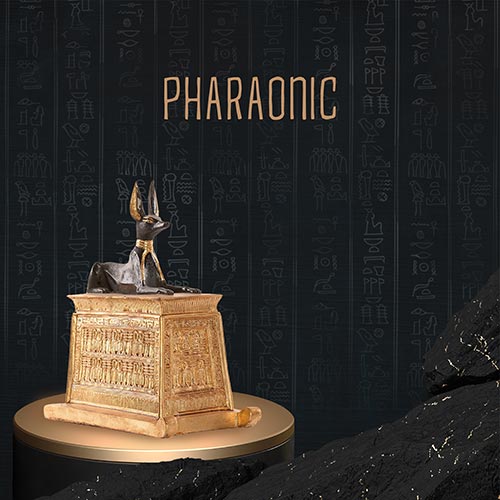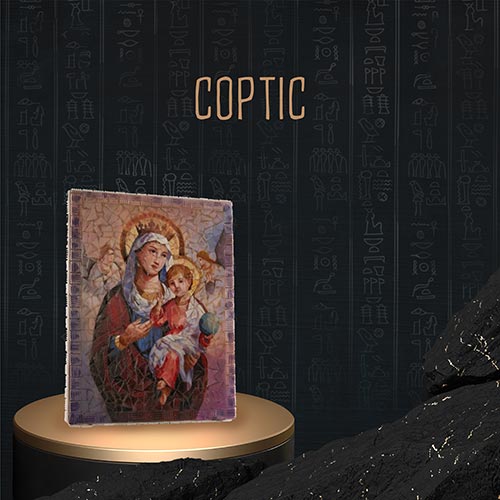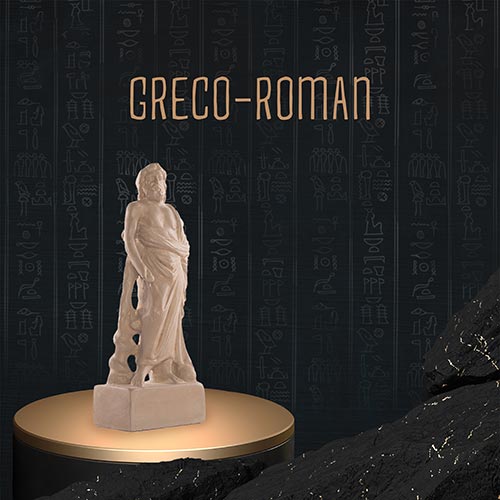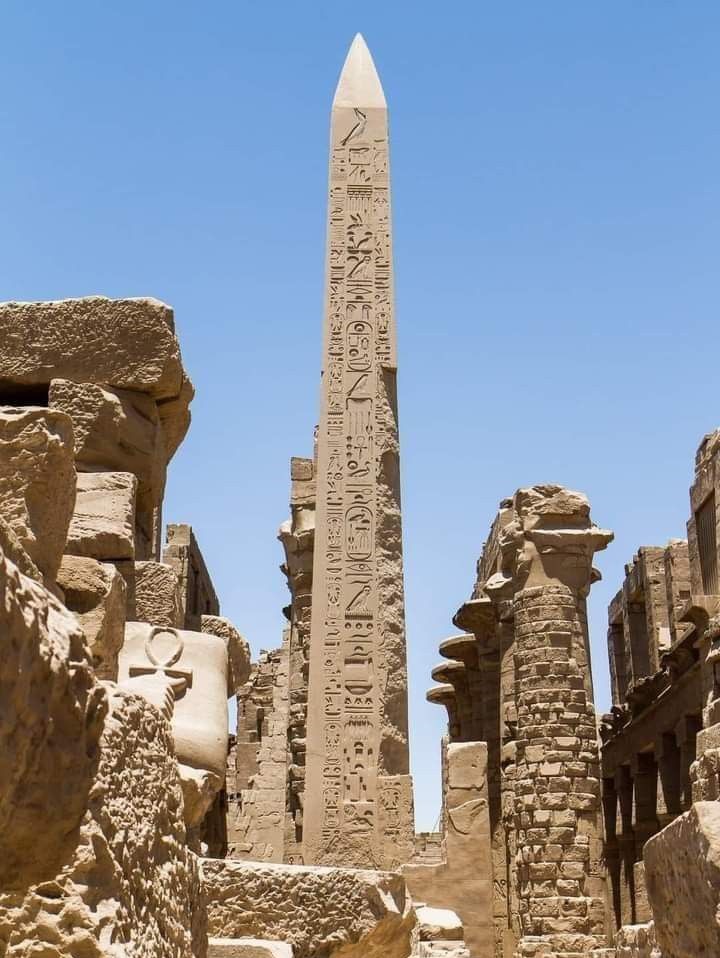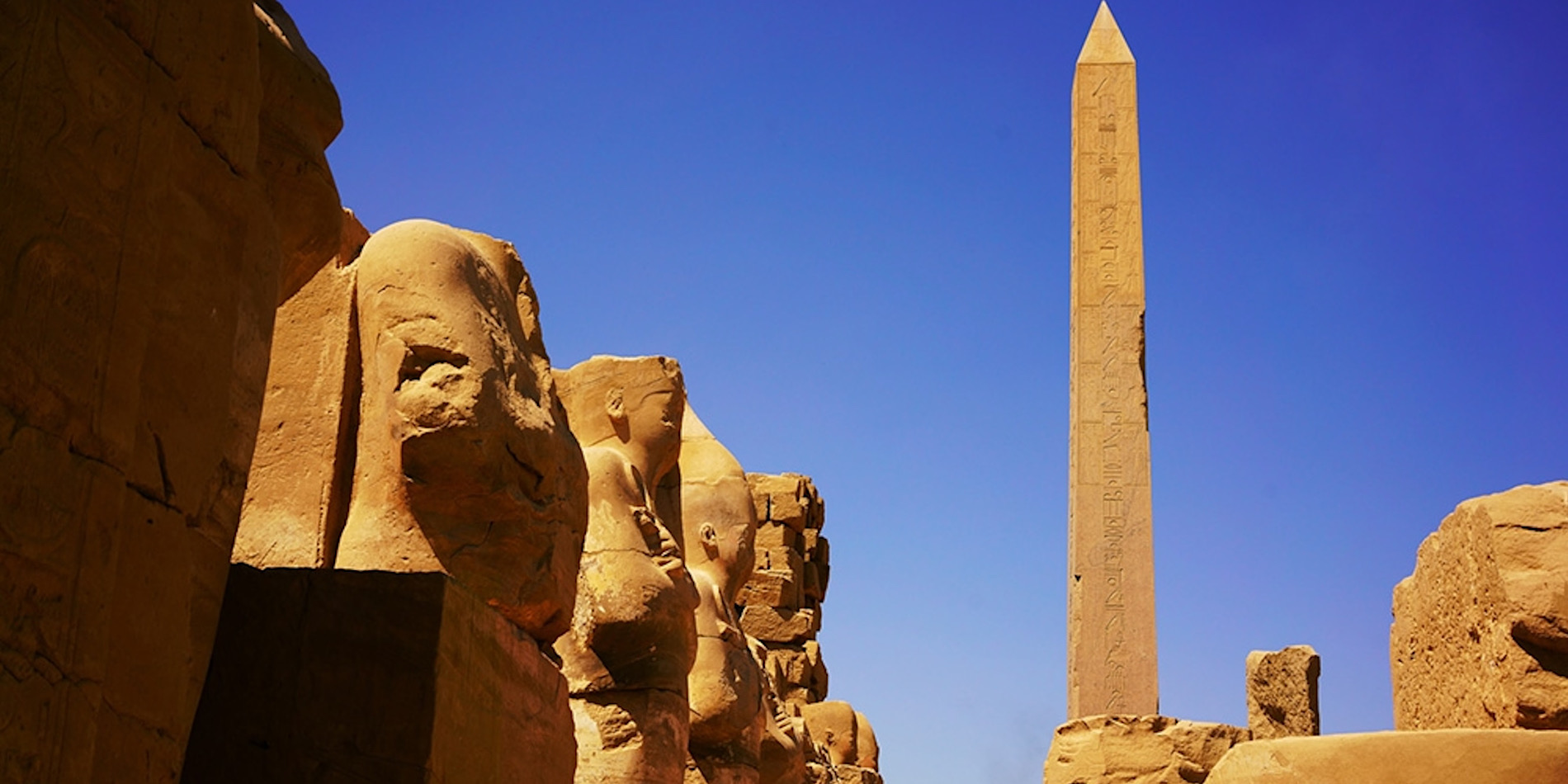
The towering obelisks of ancient Egypt have fascinated people for millennia, standing as symbols of power, divinity, and architectural grandeur. These monolithic structures, often intricately carved with hieroglyphs, carry deep cultural and spiritual meanings.
Obelisks were not only symbols of power and authority but also served as astronomical instruments, aligning with celestial bodies like the sun and stars. Their construction was a testament to the advanced engineering and artistic skills of the ancient Egyptians, who were able to quarry, transport, and erect these massive structures with remarkable precision.
This article will answer key questions about Egyptian obelisks by exploring their rich history, symbolic significance, and lasting legacy. Through a detailed examination of their construction, purpose, and impact, we strive to provide a clear understanding of these fascinating monuments and resolve the mysteries that have intrigued scholars for centuries.
What is an Obelisk?
The obelisk, a tall, four-sided pillar that tapers to a pyramid-shaped top, was a prominent feature of ancient Egyptian architecture. Carved from a single piece of stone, usually red granite from the quarries at Aswan. The Obelisk was often placed at the entrances of temples and other significant sites.
The term "obelisk" comes from the Greek word obeliskos, meaning "spit" or "pointed pillar," while the ancient Egyptians referred to them as tekhenu, meaning to pierce, the sky.
What does an obelisk symbolize?
Obelisks, towering monuments of ancient Egypt, had many symbolic meanings. They were often used as burial markers, believed to bring the sun's life-giving energy to the dead. As links between the earthly world and the divine, obelisks were placed at temple entrances to symbolize this connection. They also celebrated powerful pharaohs, representing their authority and connection to the gods.
Today, obelisks continue to hold symbolic importance, representing power, authority, and historical significance, and serving as iconic landmarks in various cultures worldwide.
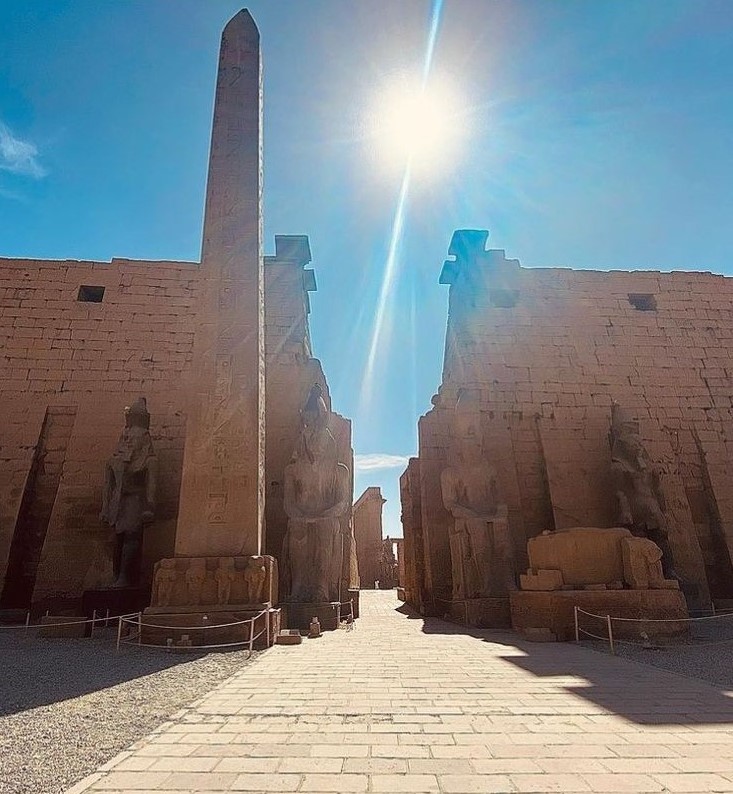
Is the obelisk a real Egyptian god?
The obelisk is not a real Egyptian god. In ancient Egypt, the obelisk symbolized the sun god Ra and was considered a sacred monument. It represented a connection between the heavens and the earth, with its tall, pointed shape resembling a ray of sunlight. The obelisk’s role was more symbolic, serving as a tribute to the gods, particularly Ra, rather than being worshipped as a god itself.
Obelisks were often placed at temple entrances to honor the gods and express the pharaoh's devotion. While they had religious significance, they were not deities.

What is the largest ancient Egyptian obelisk?
The Unfinished Obelisk in Aswan, the largest ancient Egyptian obelisk ever discovered, lies incomplete due to a significant crack that developed in the granite during its carving. Estimated to weigh around 1,200 tons, it would have reached a height of 41.75 meters (137 feet) if finished, making it larger than any obelisk ever erected, including the Lateran Obelisk in Rome. The structural flaw made completion impossible, resulting in its abandonment at the quarry. This provides valuable insight into the challenges and techniques of ancient Egyptian stone working and construction.
How many obelisks are in Egypt?
Egypt currently has around 13 standing obelisks. These impressive monuments, originally built by the ancient Egyptians, have mostly been relocated abroad over the centuries. As a result, the number of obelisks remaining in Egypt is much smaller than it once was. Among the most notable obelisks still standing in Egypt are:
- Pharaoh Thutmosis I, Karnak Temple, Luxor
- Pharaoh Ramses II, Luxor Temple
- Pharaoh Hatshepsut, Karnak Temple, Luxor
- Pharaoh Senusret I, Al-Masalla area of Al-Matariyyah district in Heliopolis, Cairo
- Pharaoh Ramses III, Luxor Museum
- Pharaoh Ramses II, Gezira Island, Cairo. 20,4 m (67 ft)
- Pharaoh Ramses II, Cairo International Airport. 16.97 m (55.7 ft)
- Pharaoh Seti II, Karnak Temple, Luxor. 7 m (23 ft).
While Egypt used to have many more obelisks, most were taken to various countries like France, Italy, the UK, and the USA, and only a few remain in their original locations.
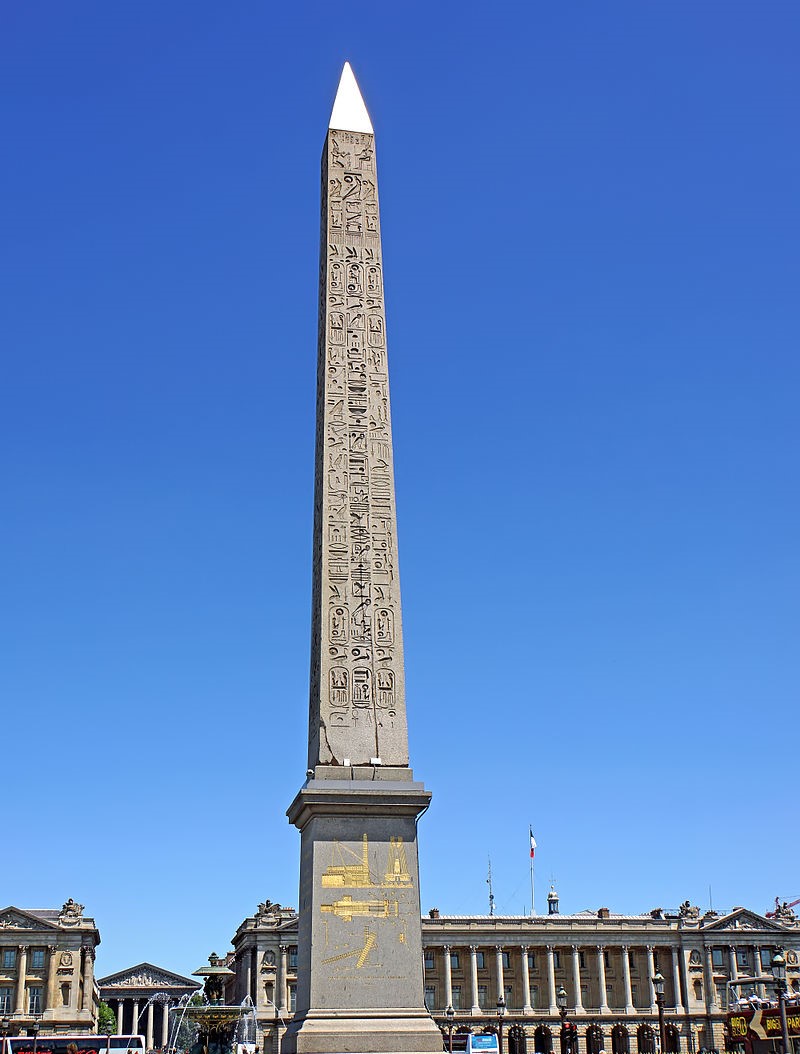
Why did Egypt give the obelisk to France?
In the early 19th century, Champollion's groundbreaking research unlocked the secrets of the Egyptian writing system, opening up a new era of understanding about ancient Egyptian civilization. To express their appreciation for his contributions, the Viceroy of Egypt, Mehemet Ali gifted two obelisks from Luxor Temple to France, but only one was transported to Paris. The journey of the first obelisk was a major feat of engineering and logistics, involving its transport by ship and being hauled by horses through the streets of Paris to its final location at the Place de la Concorde. Today, this obelisk stands as a symbol of the enduring historical and cultural connections between Egypt and France.
The second obelisk, although also gifted, was never moved due to the immense logistical difficulties. The transport of the first obelisk, which took years and involved navigating the Nile and Mediterranean, was so complex and costly that France ultimately decided not to attempt moving the second one.
Conclusion:
The mystique and symbolism of obelisks continue to captivate us today. From their ancient origins in Egypt to their modern-day presence in cities worldwide, these towering monuments offer a tangible connection to the past. If you're seeking a unique and historically significant piece for your home or office, consider adding an obelisk to your collection. Whether it's a replica or a genuine antique, an obelisk can serve as a conversation starter, a symbol of power, or simply a beautiful piece of art. Explore our collection of obelisks and discover the perfect one for you.
